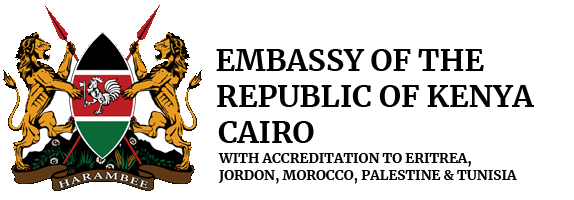Colonization
History is however not specific on the exact type of inhabitants who occupied Kenya between this early period and the 19th century when the British colonized the country. Islamic immigrants started setting at the coast during the 8th Century. Portuguese followed and are among the first known European settlers along the coast. Up to the 19th Century, very little was known of the Kenyan hinterland until the arrival of the British who came and colonized Kenya.
The colonization process was met with resistance which was countered with excessive force. Hence, most of Kenya's modern history is marked by rebellions against the British, with the first one being in 1890 and the last one, known as Mau Mau rebellion in 1952. The outbreak of the Mau Mau paved the way for constitutional reforms and development in subsequent years. In 1955, a myriad of political parties were formed all over the country after the colonial Government yielded to their formation. Elections were held in March 1957, after which racial barriers in the Government began to be lifted. By 1960, LEGCO had an African majority. In 1960, Kenya African National Union (KANU), which advocated for a unitary government was formed. In 1961, Kenya African Democratic Union (KADU) which advocated a quasi-federal government (Majimbo) was also formed.
